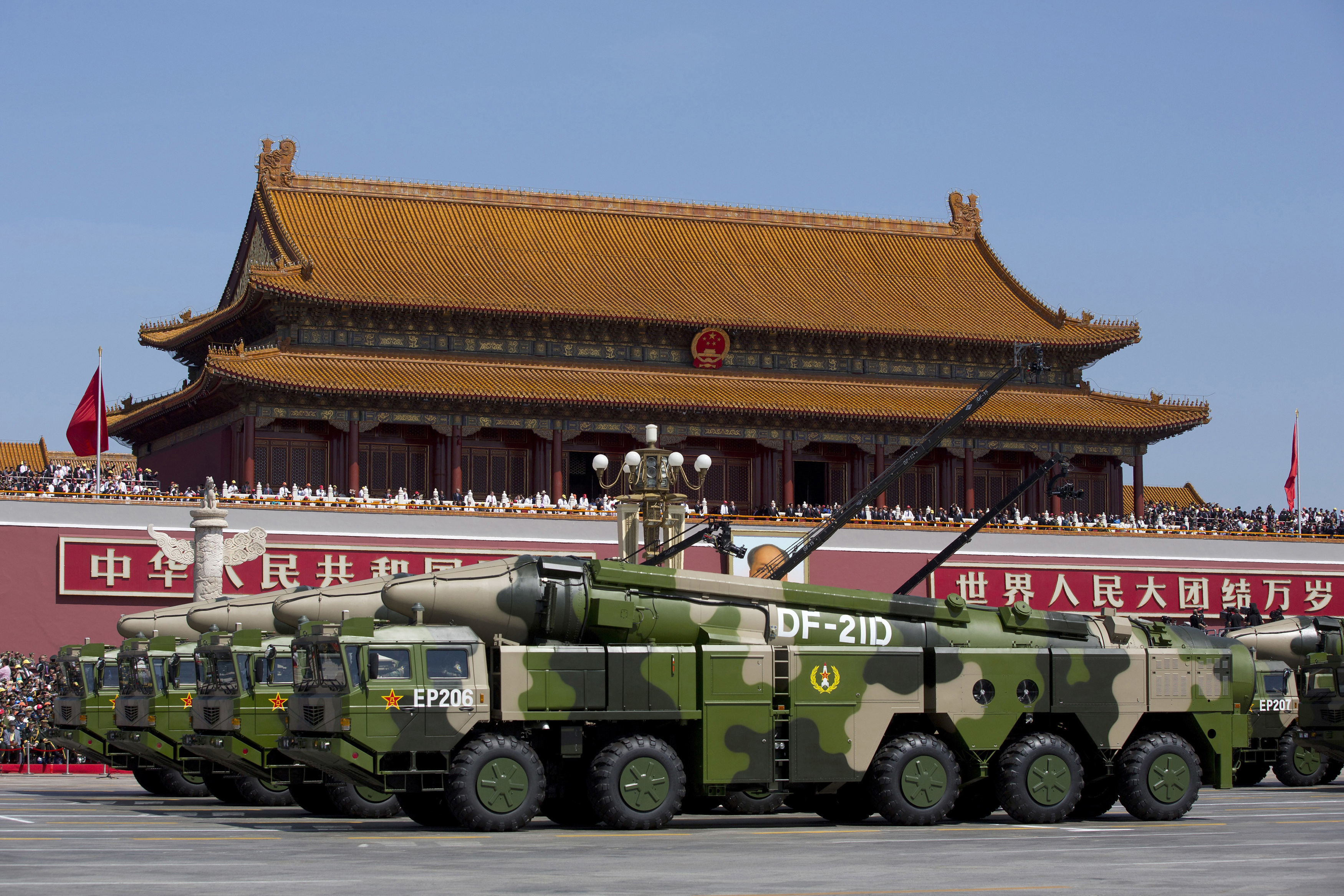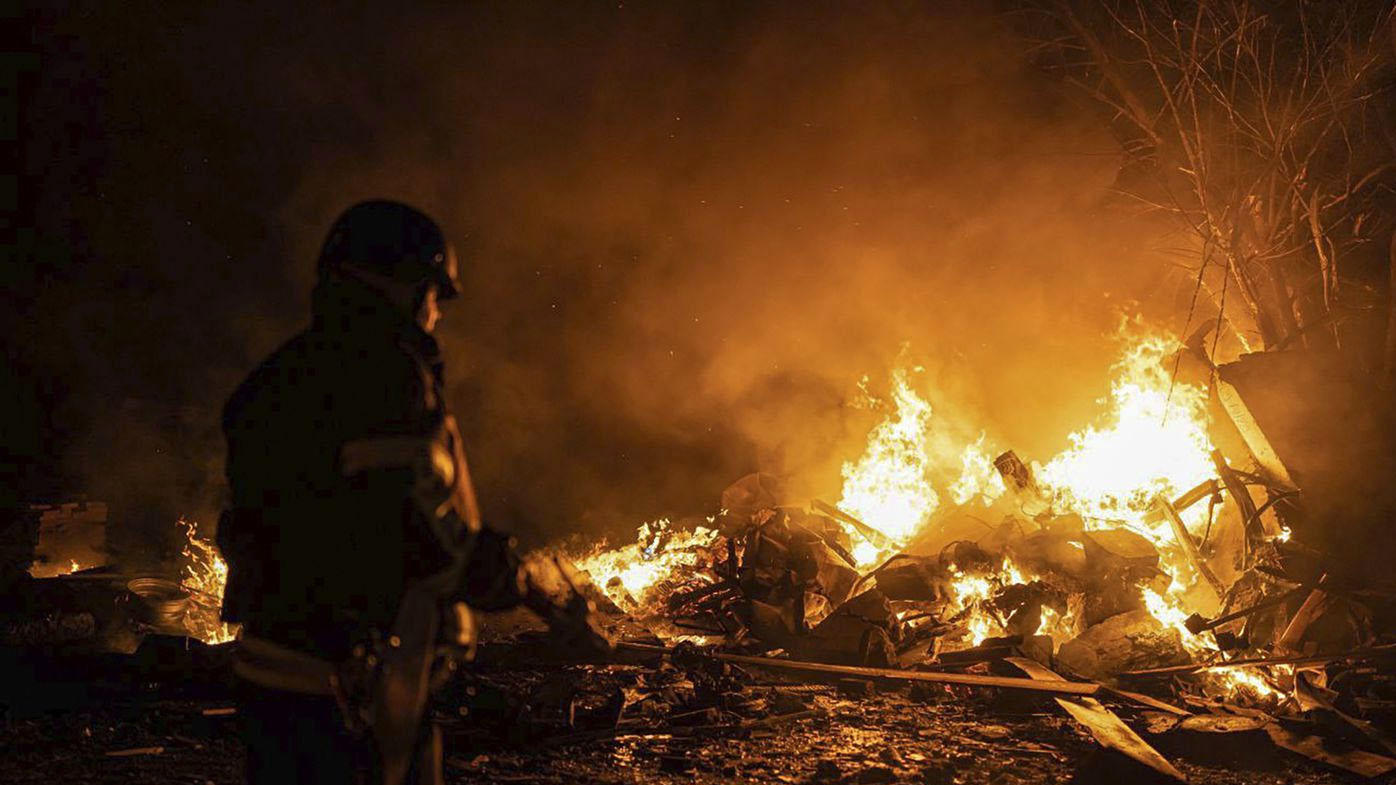The world's nine nuclear-armed nations continue to modernise their arsenals and several deployed new nuclear-armed or nuclear-capable weapon systems in 2022, a Swedish think-tank found.
"We are drifting into one of the most dangerous periods in human history," said Dan Smith, director of the Stockholm International Peace Research Institute, or SIPRI.
"It is imperative that the world's governments find ways to cooperate in order to calm geopolitical tensions, slow arms races and deal with the worsening consequences of environmental breakdown and rising world hunger," he said in a statement.
READ MORE: Mum, daughter named among victims of Hunter Valley crash

SIPRI estimated that of the total global inventory of 12,512 warheads in January 2023, some 9,576 were in military stockpiles for potential use which was 86 more than in January 2022.
The independent institute listed the nuclear-armed states as the United States, Russia, the United Kingdom, France, China, India, Pakistan, North Korea and Israel.
In its yearbook, the Swedish watchdog wrote that the United States and Russia each hold more than 1,000 warheads previously retired from military service, which they are gradually dismantling.
As for China, SIPRI said the size of country's nuclear arsenal had increased from 350 warheads in January 2022 to 410 in January 2023 and it is expected to keep growing.
"Depending on how it decides to structure its forces, China could potentially have at least as many intercontinental ballistic missiles as either the USA or Russia by the turn of the decade," SIPRI wrote.
READ MORE: How the Hunter Valley bus crash emergency response unfolded

The institute said that nuclear arms control and disarmament diplomacy had suffered major setbacks following Russia's full-scale invasion of Ukraine in February 2022.
Washington suspended its bilateral strategic stability dialogue with Russia, and Moscow announced in February that it was suspending its participation in the New START nuclear treaty.
Allowing inspections of weapons sites and providing information on the placement of intercontinental and submarine-based ballistic missiles and their test launches are critical components of New START, which then US president Barack Obama and Russia's Dmitry Medvedev signed in 2010.
Nevertheless, by SIPRI's assessment, both nations' deployed strategic nuclear forces remained within the New START limits as of January 2023.
Sign up here to receive our daily newsletters and breaking news alerts, sent straight to your inbox.
